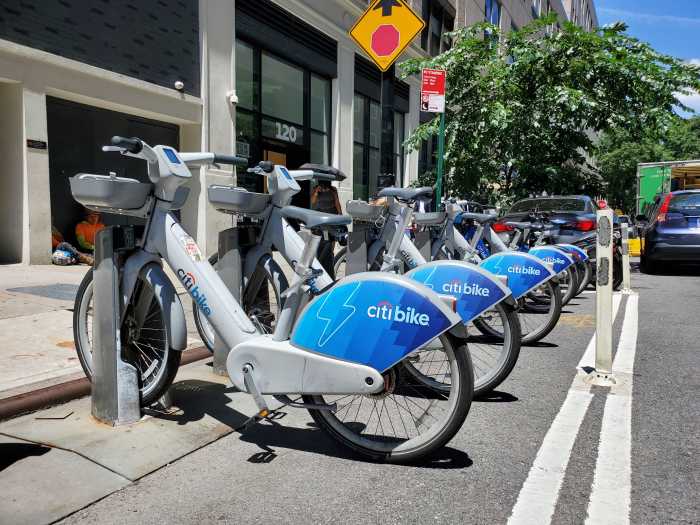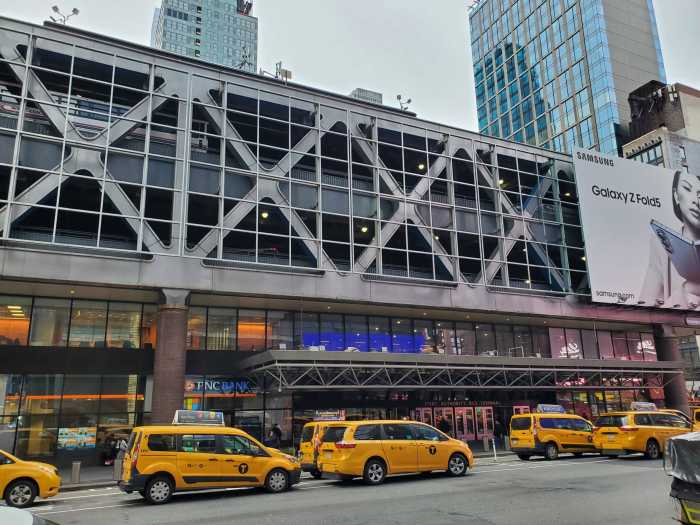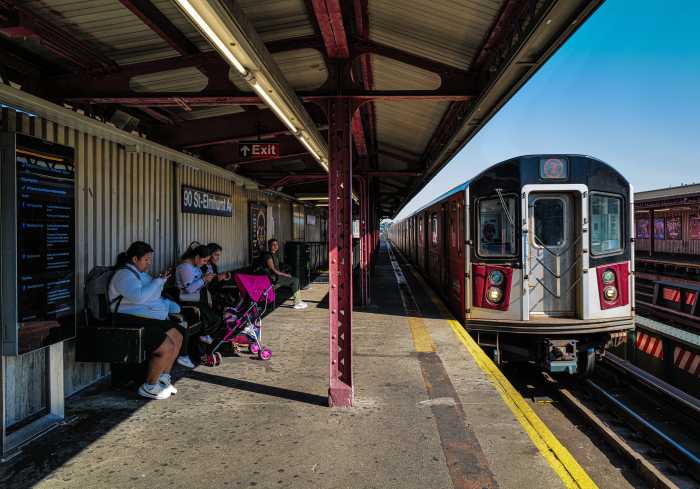
The latest idea to improve outerborough transit options and ease subway congestion that is gaining steam comes from the 19th century.
With the two-year-old East River Ferry beating ridership expectations, the New York City Economic Development Corp. identified five promising new routes and stops for commuter ferries in a recent 115-page report on the viability of a citywide ferry network.
Aside from the Staten Island Ferry, New York City has privately run New Jersey-to-Manhattan service and boats for Rockaway and Sunset Park residents. The new routes suggested by the EDC would connect the developing outerborough-waterfront neighborhoods of Astoria, Long Island City, Soundview and St. George to Manhattan. A fifth route would ferry passengers from East 34th Street to Grand Street and then Wall Street.
"It’s a huge step forward for the city and for recognition that waterborne transit is a cost-effective and a logical way to get a large portion of neighborhoods to and from work," Roland Lewis, president and CEO of Metropolitan Waterfront Alliance, said of the EDC report.
The East River Ferry, which on average carries 3,200 people a day, has been hailed as a success story in finding new transportation options. The ferry was expected to carry 400,000 riders a year, but had almost a million riders after the first year and nearly 3 million in total as of mid-December, according to the EDC. The report also found that residential property values increased in Brooklyn and Queens 8% within an eighth of a mile from a ferry stop and by $500 million within a mile.
The Bloomberg administration last month extended the service, which runs through the Queens-Brooklyn waterfront from East 34th Street to Wall Street, through 2019. The service originally operated as a three-year pilot beginning in 2011.
.Kate Blumm, spokeswoman for the EDC, said the goal of the report was to find routes that would be cost-efficient for the city to operate.
"All along the city’s waterfront, there is a strong demand for ferry service," Blumm said. "Demand for ferry service is likely only to increase as the city continues reactivating the waterfront."
Paul Goodman, CEO of BillyBey Ferry Company, which operates the East River Ferry system, said part of its success is based on a reasonable fare structure. But keeping fares low enough to attract ridership requires a subsidy, like the rest of public transit. The city’s subsidy for the East River Ferry is $2.22 for each $4 one-way fare — a 55% subsidy, compared to the 35% subsidy for an average $1.73 subway fare. An express bus, costing an average $4.81 fare, gets a $14.82 subsidy per trip.
"We think the East River Ferry pilot was a huge success in demonstrating that at the right subsidy level, at the right fare structure, at the right frequency, you can have a very robust service that has very positive impacts on the community," Goodman said.
The five routes the EDC highlighted would cost $10 million a year to subsidize weekday service, with $77 million for capital costs like landings, ticket machines and shelters.
Supporters of ferry service say this mode of transportation is a solid investment for the city, which under Mayor Bill de Blasio is expected to focus on expanding transit options in the outerboroughs. A spokesman for the mayor said the administration looks forward to expanding transportation options in New York.
Nancy Key, a South Bronx resident organizing stakeholders for Community Board 9 to consider a Soundview ferry, said there was enthusiasm among younger New Yorkers who want faster access to Manhattan for work, job opportunities and recreation.
"We have a lot of coastline," Key said, "and this is a great opportunity for us to try this."




























